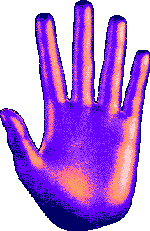












In the mid-1650’s, the Dutch painter Otto Marseus van Schrieck developed the Waldstillleben representing small animals such as reptiles, batrachians, and insects in dark forests.
Instead of depicting butterflies through paint, Marseus sometimes used a method of printing butterfly colors. The lepidopteran wings are made of membranes covered with scales. Marseus’s technique consists of transferring these tiny materials by pressing the insect wings onto the canvas painted with half-dry white lead pigment.
This method of specimen conservation called Schmetterlingsabdruck, butterfly impressions/prints, or lepidochromy (from the ancient Greek lepido = scales; chromo = colour) was common in entomological circles from the eighteenth century onwards. Some naturalists published recipes describing the technical process. One of them, F. W. L. Suckow, proposed to make a glue with isinglass, Arabic gum, tragacanth, and schnapps.
This technique synthesizes Marseus’s interests in art and natural history. It further displays his ambition to challenge nature by increasing the mimetic aspect of his paintings.
My PhD project investigates the stylistic, material, and technical elements of the Schmetterlingsabdruck as well as its visual effects on beholders in early modern collections.
I analyse a corpus of Marseus’s paintings and I use methods coming from art history and conservation science. For instance, I could conduct part of my research at the Cologne Institute for Conservation Science to reconstruct the technique by following historical recipes such as the one Suckow published in 1830.